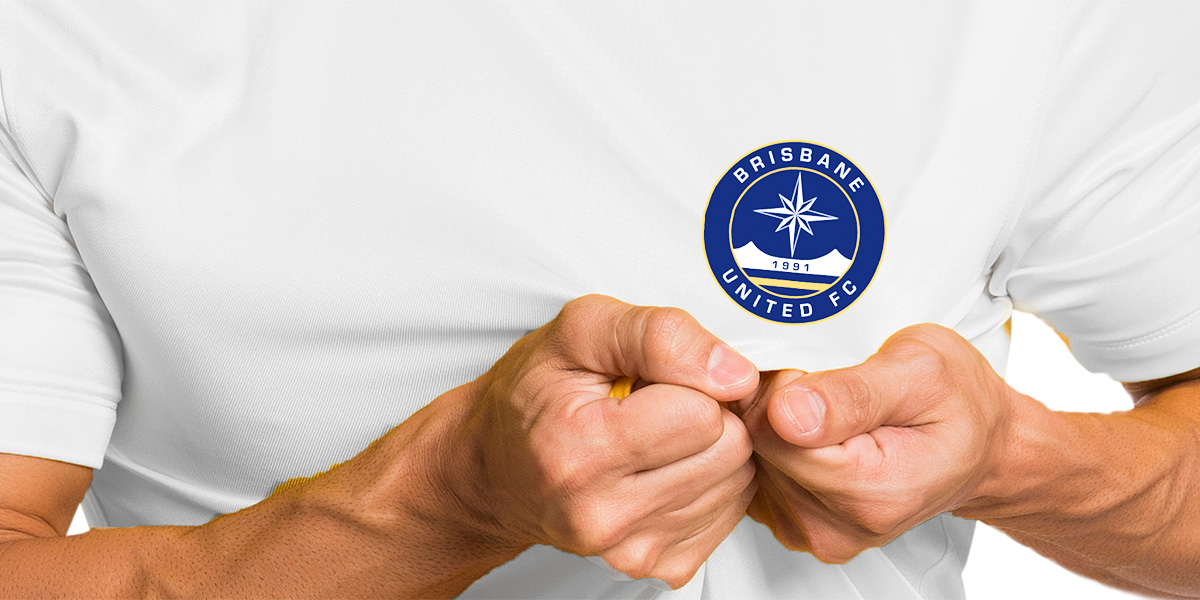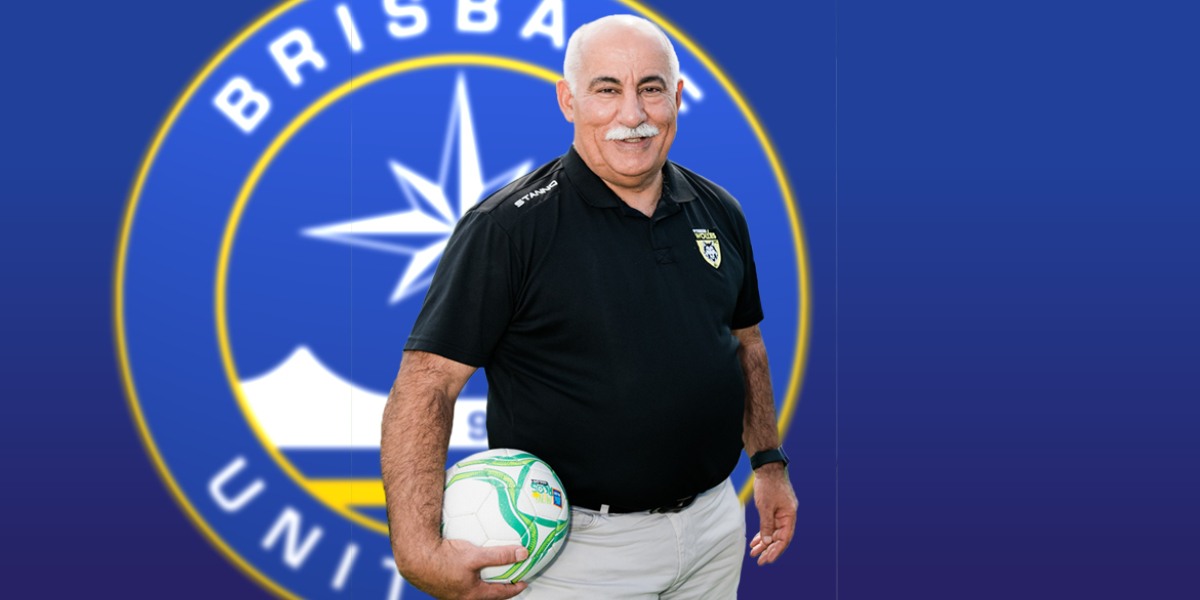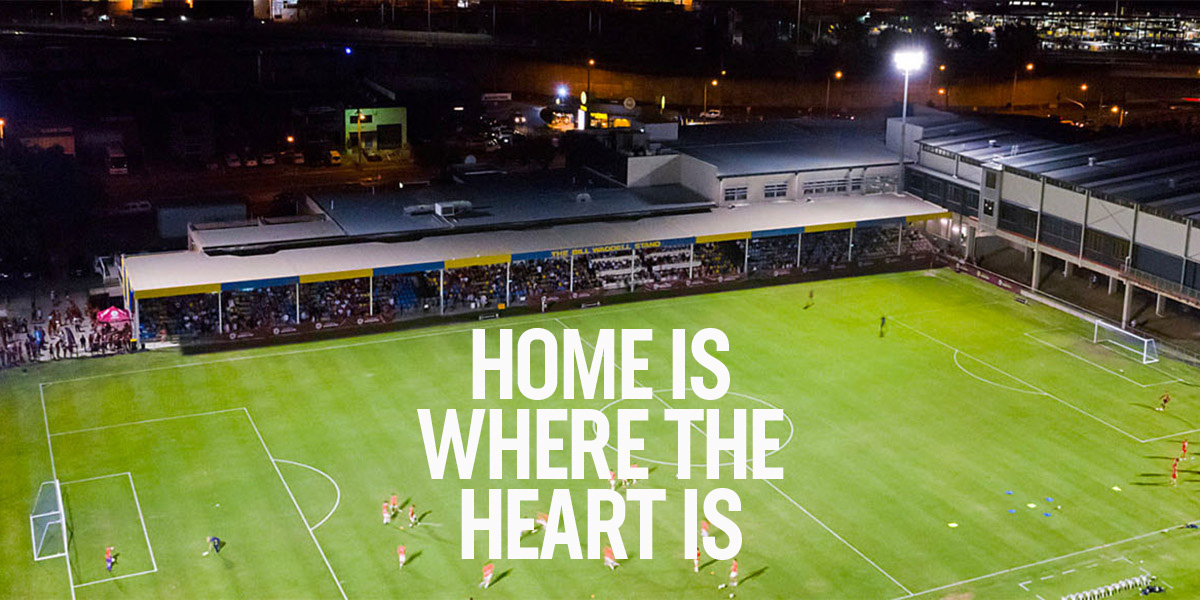The A-League was a necessary reset for Australian football. It ushered a new era of professionalism and put football on the back pages, this time for all the right reasons. It reached heights of which the old NSL could only dream.
But for all the A-League’s successes, it did not unite the tribes. In fact, some would argue it divided them further. ‘New Football’ or ‘Old Soccer’. It was a binary choice.
By unintendedly alienating some the game’s most passionate supporters, our football lost some of its most valuable assets – the volunteers, the passionate fans, the proud and historic clubs. The tribes remained divided. And they remain divided.
But it’s a division that can be bridged. The National Second Tier can be the first step towards a true football pyramid, where any team can aim for the stars.
Representation matters. Football’s tribes will never be united by the enforced conformity. What will unite them is being a part of the same ecosystem.
Making the ecosystem more competitive and diverse, means football people become more engaged and the game in Brisbane becomes stronger.
A rising tide lifts all boats.
AND IF YOU KNOW YOUR HISTORY…
Although Brisbane United in its current form is a new entity, the club is grounded in the local game’s rich history.
It is a tribute to those who came together to form the original Brisbane United, a club that would eventually evolve and herald a new era for Brisbane football.
25 May 1997 was a watershed moment for football in Brisbane. When Brisbane Strikers’ player-coach Frank Farina held the championship trophy above his head before 40,446 screaming fans, the trajectory of Brisbane football changed forever.
It was the first time Queensland hosted a grand final in any national code. Even now, 25 years later, it evokes pride and determination to ensure this was no flash in the pan.
But before the Strikers, Brisbane was United.
It was an ambitious venture, bringing together Brisbane’s disparate football community to enter and take on the NSL.
The year was 1991. Brisbane’s previous two national league teams, City and Lions, had returned to the local competition, leaving Brisbane unrepresented on the national stage.
So the city’s football community came together, casting aside rivalries to put the good of the game first and build a new team from the ground up.
They would represent all of Brisbane, uniting the tribes and adopting the city’s official colours as its own. That team was Brisbane United.
Alan Hunter, that giant of defence, scored twice in United’s first NSL game at Perry Park – a 2-2 draw with West Adelaide.
United went within two points of making the semi-finals in that first season, before a disappointing second season demanded a reset. Enter Ian Brusacso, Clem Jones and Frank Speare, a triumvirate of trustees who morphed United into the Brisbane Strikers. The rest is history.
The Strikers/United have boasted 28 past, present or future internationals, representing five nations in three confederations. Of the 19 Socceroos who have played for the Strikers, 13 came up through the club’s ranks on their journey to an international cap. Two, McKay and Smeltz, went on to represent their nations at the World Cup.
But it’s that day in May of ’97 that remains the defining moment of the club… so far.










